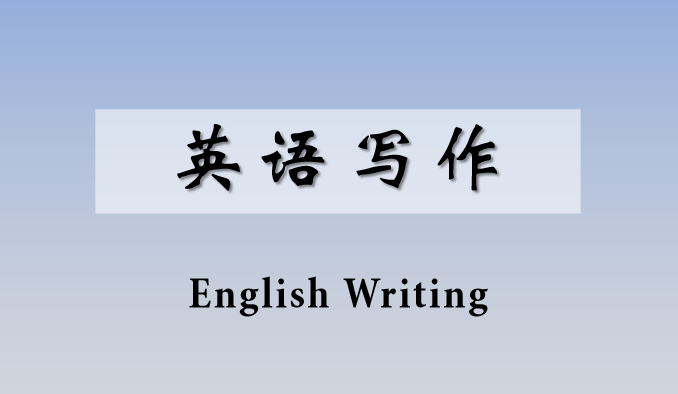第四章单元测试
- The principles of comparison and contrast include ( ).
- The purposes of comparison/contrast are as follows. ( )
- In a scientific research paper, the term “nanotechnology” may be defined in order to ( ).
- Depending on how much information is needed to clarify the questioned term, a definition can be classified into ( ).
- Circular definitions occur when a writer defines a term by using the term itself or by providing a synonymous phrase that essentially repeats the original term.( )
- When is the use of a series of examples pattern often used? ( )
- What is an extended example? ( )
- What is the purpose of a process analysis essay? ( )
- Which phrase indicates a cause-and-effect relationship in a sentence? ( )
- The post hoc fallacy occurs when a writer assumes two correlated events must have a common cause. ( )
A:A comparison or contrast shows similarities or differences in order to make a particular point, also known as a thesis. B:Only items of the same general class can be compared or contrasted. C:The comparison or contrast should be supported by concrete and relevant facts. D:The two items being compared or contrasted should be given equal treatment.
答案:A comparison or contrast shows similarities or differences in order to make a particular point, also known as a thesis.###Only items of the same general class can be compared or contrasted.###The comparison or contrast should be supported by concrete and relevant facts.###The two items being compared or contrasted should be given equal treatment.
A:To explain enough characteristics of each category is to allow the reader to understand the differences. B:To present information about something unfamiliar by comparing it with something familiar is to make it easier to understand. C:To show the superiority of one thing by comparing it with another is to help us make a decision. D:To show the similarities and differences of two things is to help the reader understand or evaluate them.
A:inform and entertain a particular interested group of readers B:make ourselves better understood in everyday affairs C:clarify some abstract, controversial or complicated point in an argument D:introduce a new term
A:sentence definition B:paragraph definition C:extended definition D:essay definition
A:错 B:对
A:When the writer wants to provide a range of evidence to illustrate their points. B:When the writer wants to provide a more in-depth understanding of a particular concept or topic. C:When the writer wants to provide a single example to clarify or prove the main idea. D:When the writer wants to provide a summary of the essay.
A:A series of examples that support the main idea or thesis statement of the essay. B:A short and simple example that clarifies or proves the main idea or thesis statement of the essay. C:A detailed and comprehensive example that clarifies or proves the main idea or thesis statement of the essay. D:A list of reasons that support the main idea or thesis statement of the essay.
A:To entertain readers with a story. B:To describe a past event. C:To persuade readers to take a certain action. D:To provide readers with clear instructions on how to do something.
A:Due to B:In addition to C:In spite of D:As opposed to
A:对 B:错
温馨提示支付 ¥3.00 元后可查看付费内容,请先翻页预览!





